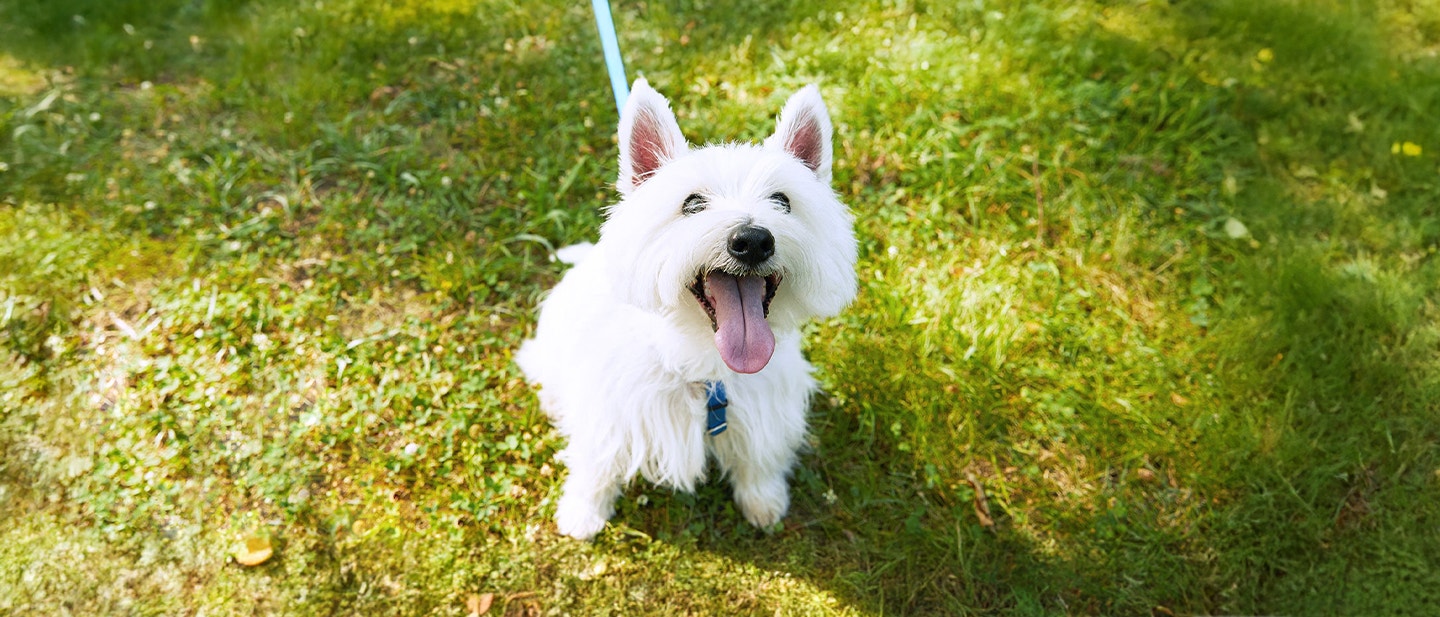
Fit and Fabulous: How to Exercise Your Small Dog
If you think small dogs aren’t big on exercise, think again. Many small dogs are highly active and need plenty of exercise. In fact, exercise is essential to keep their little bodies and minds healthy! By encouraging each other to get out there and get in shape, you’ll both enjoy the benefits of living a healthy lifestyle.
How Much Exercise Does Your Small Dog Need?
The amount of exercise a dog requires depends on its size and the breed. When choosing a small breed, it’s a good idea to take an honest look at your own activity level. If you are active and enjoy having fun outside, you may want to consider such breeds as Yorkies, Chihuahuas, poodles, dachshunds and Pomeranians.
However, even breeds that don’t exude high energy need a physical routine to maintain optimal health. Exercise can also help support joint health and reduce the risk of issues like joint sensitivity, cartilage problems, easily broken bones and subluxating patellas (degenerative disease of the kneecap).
How to Give Your Small Dog a Good Workout
The amount of exercise your small dog needs also depends on his life stage. Use these guidelines to give your small dog a proper workout.
Puppy Exercise
Let’s face it; a small-breed puppy is busy, curious and in constant motion (except when he conks out and takes a well-deserved nap). Be careful when playing with him or walking him, since he still has soft and pliable bones. Avoid overdoing it at this point in his development. It’s best to hold off on long walks or intense exercise until your little friend is more developed.
Like you, your puppy needs some time to digest his food after a meal. Typically puppies like to have a nap after a meal, so don’t force your little friend to exercise when his belly is full.
Adult Exercise Needs
As your puppy begins to develop into an adult, going for regular walks should become the norm. Before your “little baby” enters the world of walks for the first time, make sure he’s had all necessary vaccinations and has been given the go-ahead by your veterinarian.
To avoid obesity, take adult small dogs for a daily walk or run. Going on regular walks provides an opportunity for both stimulation and socialization through meeting other dogs, which is vital to their social and mental development.
Mature or Senior Exercise Needs
Just like with humans, as your small dog moves into his senior years, he’ll start to slow down and develop all the stiffness, aches and pains associated with old age. It’s critical for senior dogs to continue with a moderate amount of exercise to keep their joints nimble and maintain good circulation. Try taking your senior small dog for shorter, more frequent walks that match his ability. Also, avoid taking him out in extreme weather conditions.
If your little friend develops vision or hearing problems, consider using a leash to avoid the worry of him wandering away. Older small dogs may also develop bladder and bowel weakness, so a little extra patience on walks will go a long way for your companion.
How to Walk Your Small Dog
With a bit of effort, you can help your small dog look and feel his best! Walks can be the most exciting part of his day. Just think of all the different sights, sounds and smells he enjoys during a walk! If your dog starts off overexcited, have a short romp with a ball in the yard to burn off some energy before putting paws to pavement.
Thinking of jogging with your small dog? Ask your vet first, to ensure your friend can handle the pace. When you do go for a jog together, bring plenty of fresh water for both of you — and remember to pace your stride for your small dog’s short legs.
It’s also helpful to walk your companion over a variety of terrains. A hard ground surface is particularly good for keeping your small dog’s nails short. Be sure to avoid hot asphalt, as it can scorch your buddy’s paw pads.
Walking is a fantastic way to socialize your small dog. After all, meeting other dogs can be very exciting. The best way to manage the excitement of these interactions is to ensure that both animals are on leashes. If you happen to be in an off-leash park, don’t let your little friend wander off for long periods without keeping an eye on him. And remember to bring plastic bags with you so you can pick up after your pooch.
Exercise plays a key role in helping you and your dog live a healthy and happy life. Going out together is not only a fun way to stay in shape; it’s also a great way to enhance a well-rounded relationship.



